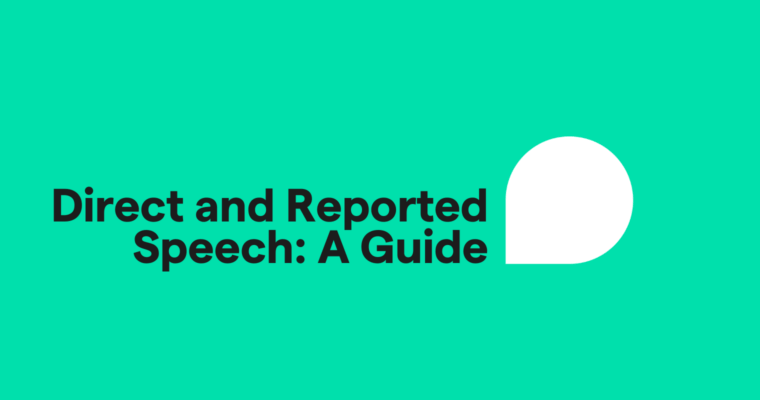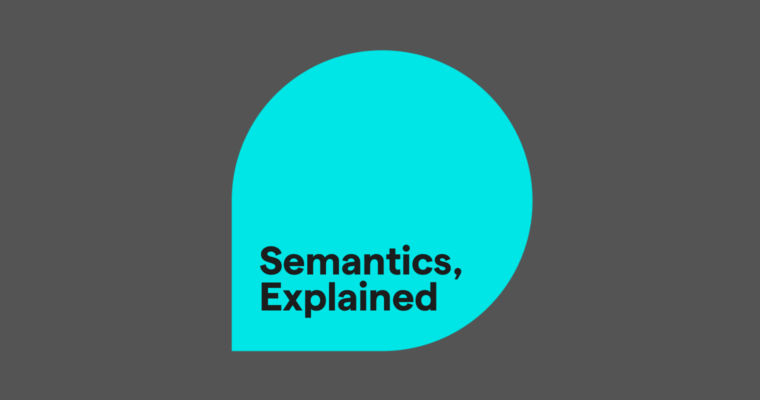
The simple tense is the most basic verb tense in English—and also the simplest! But despite its name, there are some confusing grammar rules and not-so-simple restrictions. So whether you’re learning English or just brushing up on your grammar basics, this guide explains everything you need to know about past, present, and future simple tenses.
What is the simple tense?
The simple tense is a verb tense in English grammar used with verb conjugation for standard actions in the past, present, and future, as well as regularly repeated actions. The simple tense is itself divided by time into the past simple tense, present simple tense, and future simple tense.
The simple tense is the most basic verb tense, and because of this, it has the fewest rules and conjugation. For example, the present simple often uses the verb’s root form, or bare infinitive form, which means you don’t have to change or add anything to conjugate it correctly.
However, pay close attention to the correct word order in English when using negatives and questions, even in the simple tense. Negatives and questions use special rules for word order, which we explain below.
English grammar basics: Verb tenses
Of all the verb tenses, the simple tense is the best place to start when learning a language or studying EAL (English as an additional language) grammar. It represents basic actions in the past, present, and future, so it’s one of the most commonly used verb tenses. Additionally, it’s one of the easiest tenses to learn, with fewer rules compared with other tenses like the present perfect tense or past continuous tense.
The simple tense is also useful for the sequence of tenses to show universal truths like, “I learned yesterday that zebras travel as families.” Even though the action of learning happened in the past, we use the simple present tense for travel to show a universal and ongoing truth.
Present simple tense
The simple present tense shows actions that happen regularly, such as “I ride a bike to work every day.” Stative verbs like want, need, love, hate, or seem also use the simple present tense for actions that are happening right now—but non-stative verbs like work instead use the present continuous tense for current actions.
I work every day. [present simple]
I am working now, so I can’t talk. [present continuous]
I feel busy now because I am working. [present simple with stative verb]
Present simple tense grammar rules
Subject-verb agreement
The most important grammar rule for the present simple tense is subject-verb agreement, which for English grammar means the verb conjugation has to match the subject’s number and grammatical person.
For example, if I am talking about myself only, that’s first-person singular (I am); if I’m talking about myself as part of a group, that’s first-person plural (we are); and if I’m talking about another person, that’s third-person singular (he/she/it is).
Aside from the irregular verb be, which changes forms for all persons and numbers, the only person-number to worry about in the simple present is the third-person singular.
For the present simple tense, the third-person singular adds an –s to the end of the verb, or an –es if the verb ends in -x, –ss, –sh, –ch, –tch, or –zz. The verbs go and do also use –es.
Carla sees.
Carla watches.
If the verb ends in consonant + y, remove the y and add –ies.
Carla tries.
All other persons and numbers use the root form of the verb.
I see.
You watch.
They try.
Use the auxiliary verb do for questions and negatives
The simple present tense adds the auxiliary verb do before the main verb for both questions and negatives. In these constructions, the main verb uses the root form, so only the auxiliary do is conjugated. In this case, the verb do is conjugated as does for the third-person singular.
Additionally, you don’t need do if you’re using the negative never, but then you need to conjugate the verb if the subject uses the third-person singular. If you’re using the negative not, add do.
Present simple tense construction
Statement
[Subject] + [Root Form of Verb]
Negative
[Subject] + do/does + not + [Root Form of Verb]
Question
Do/Does + [Subject] + [Root Form of Verb]
[Relative pronoun (Who, What, etc.)] + do/does + [Subject] + [Root Form of Verb]
Present simple tense examples
Statement
I go to the supermarket whenever there’s a sale.
Sometimes my friend goes with me.
Negative
I don’t go anywhere when it’s raining. [don’t = do not]
I never go anywhere when it’s raining.
Question
Do you come here often?
What does your friend want to eat?
Past simple tense
The simple past tense shows actions that already happened, or in other words, completed actions. Most verbs simply add the suffix –ed to the root form of the verb or just -d if the verb already ends in an e.
Past simple tense grammar rules
Regular vs. irregular verbs
The hardest part about the past simple tense is irregular verbs, which use a unique form for the past tense instead of the common –ed ending. For example, the past simple form of eat is ate, NOT eated. Unfortunately, the only way to learn how to use irregular verbs is to memorize them all.
When to double a consonant with -ed
Sometimes, in English grammar, we double the consonant before adding -ed, for example, stop and stop. Use double consonants before –ed for:
- one-syllable words that end in consonant-vowel-consonant (drop, grab, slap)
- two-syllable words that stress the final syllable in speech (prefer, occur)
Words with two syllables do not use double consonants if the first syllable is stressed. Ignore these rules for irregular verbs.
Using the auxiliary verb did for questions and negatives
Just like with the present simple, the past simple uses the auxiliary verb do for questions and negatives. However, since it’s the past, we use did, the past tense of do. Because you already conjugate the auxiliary verb, you don’t need to conjugate the main verb.
If you’re using the negative never in the past, you don}t need an auxiliary, but you still have to conjugate the main verb.
Past simple tense construction
Statement
[Subject] + [Verb with –ed or -d]
[Subject] + [Irregular verb past form]
Negative
[Subject] + did + not + [Root Form of Verb]
Question
Did + [Subject] + [Root Form of Verb]
[Relative pronoun (Who, What, etc.)] + did + [Subject] + [Root Form of Verb]
Past simple tense examples
Statement
This morning Manuela cleaned her car for the first time in six years.
Yesterday the soccer team went home quickly after the defeat. [Irregular]
Negative
I didn’t hear the bell for class. [didn’t = did not]
Our valedictorian never skipped a day of school.
Question
Did you just make a shot from mid-court?
What did I say about microwaving silverware?
The future simple tense
The simple future shows events that haven’t happened yet, like plans, schedules, expectations, or even goals. The future simple is perhaps the simplest of the simple tenses; all you do is add the modal verb will before the main verb. This construction remains the same no matter the subject, but be careful where you place will.
Future simple tense grammar rules
Using the modal verb will
The future simple tense places the modal verb will before the main verb, although where exactly it’s placed depends on whether you’re using a statement, negative, or question. Regardless, neither the main verb nor the modal verb will are conjugated, making the future simple fairly easy to use.
Future simple tense construction
Statement
[Subject] + will + [Root Form of Verb]
Negative
[Subject] + will + not + [Root Form of Verb]
Question
Will + [Subject] + [Root Form of Verb]
[Relative pronoun (Who, What, etc.)] + will + [Subject] + [Root Form of Verb]
Future simple tense examples
Statement
She will be president one day.
I will always love you.
Negative
You will not go until your homework is finished.
The bus won’t leave without the team captain. [won’t = will not]
I will never eat meat again.
Question
Will we arrive at the theater before the movie starts?
What will the dinner be on tonight’s flight?
Simple tense FAQs
What is the simple tense?
The simple tense is a verb tense in English grammar used with verb conjugation for standard actions in the past, present, and future, as well as habitual (regular) actions. The simple tense is itself divided by time into the past simple tense, present simple tense, and future simple tense.
What is the difference between simple tense and continuous tense?
The continuous tenses are typically used for temporary actions, whereas the simple tenses are used for permanent facts or habitual actions. Stative verbs like want, need, love, hate, or seem cannot be used in the continuous tense and so prefer the simple tense.
How do I know when to use the simple past vs. the simple present?
If an action is already completed, use the simple past. If the action is an ongoing habit, like something you do every day, use the simple present.





